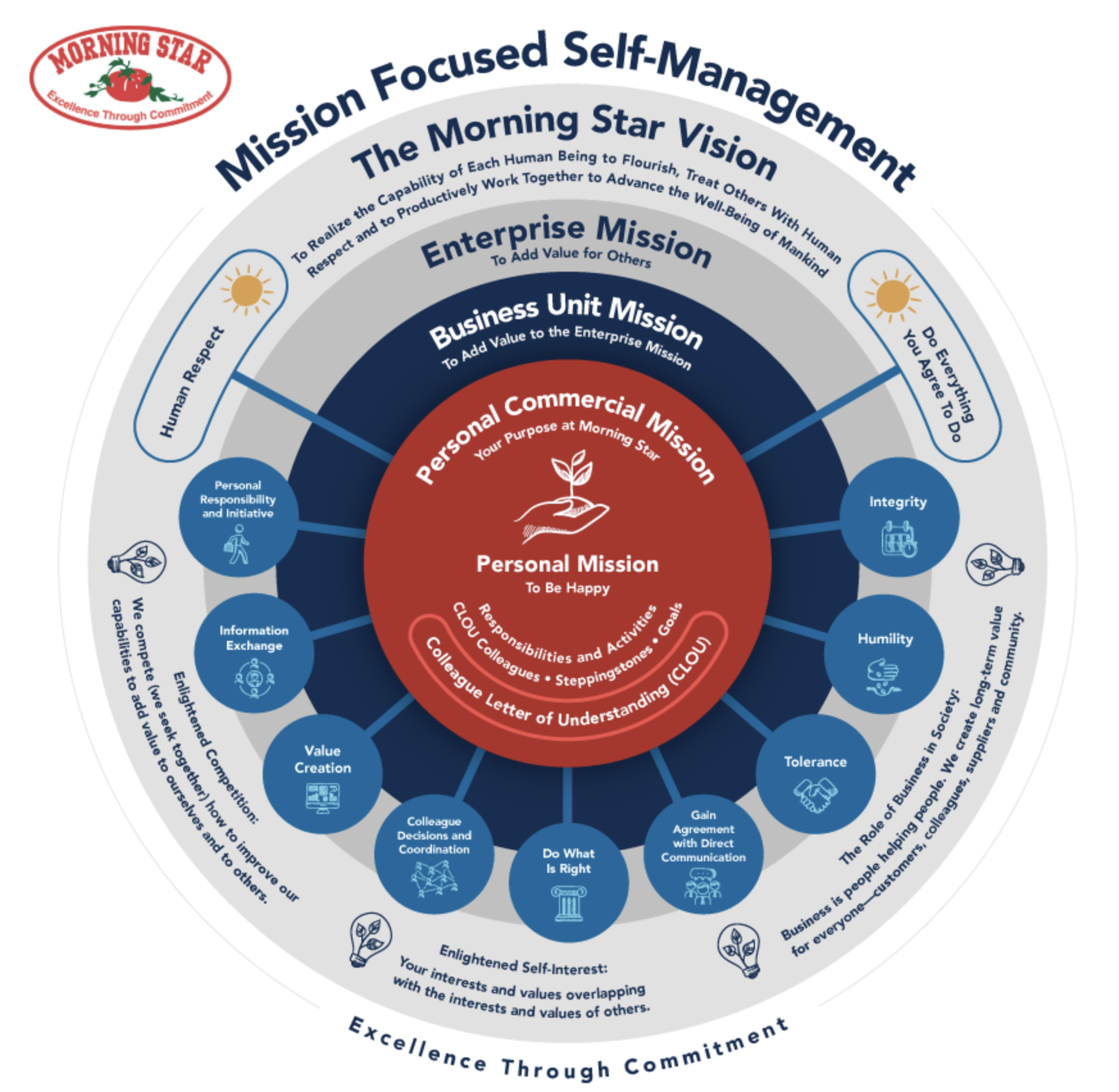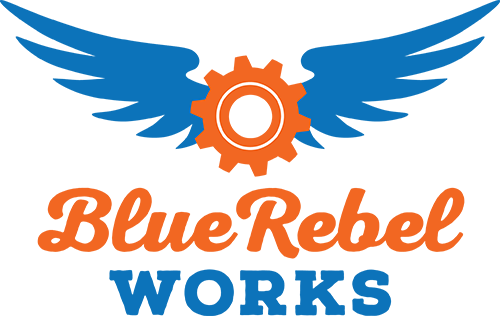A lot of leaders are working right now on how to manage remote work after the pandemic. What’s your policy going to be about flexible work? You might be weighing whether you want to operate mostly in the office, remote only, or maybe a hybrid model.
I want to encourage you to stop trying to create a company wide policy on remote or flexible work. Instead, think about a more strategic transformation. We talk about this as reinventing work.
Whether you decide to be fully remote, hybrid, work from home two days a week, mostly in the office, etc, you’re not going to get the long term increase in innovation, productivity, efficiency and more, unless you consider your culture as a whole.
I’m going to share a few examples and some questions to ask yourself.
Results-Only Work Environment at CMHC
Canada Mortgage and Housing Corporation (CMHC) is a crown Corporation that helps with home buying and mortgage management.
They became a Results-Only Work Environment™ before the Covid pandemic hit.
In a Results-Only Work Environment™ (ROWE), everyone is 100% accountable and 100% autonomous. It’s a model from CultureRx and Jodi Thompson is the expert who can help you implement this in your workplace. Here are a few principles:
- Work is not a place you go – it’s something you do.
- Anyone can work anywhere, anyhow, any time, as long as the work gets done
- Every meeting is optional
- There is no judgment about how anyone spends time.
I recently spoke with Julie Waddell, a senior HRBP at CMHC, and she shared how it had made a difference in her life – from no longer having to commute 1-3 hours every day, to the increase of productivity and focus when she chooses to work from home. Julie also pointed out how this kind of change causes a light to be shone on complacency. You can’t coast and procrastinate because it catches up to you, and you’re 100% accountable for your work.
One assumption people often make about this kind of environment is that everyone will work from home and it will be impossible to build culture or to connect with anyone. That is far from true. First of all, many people enjoy the in person connection that happens in an office, and some have difficulty working from home, so if they are more productive or engaged, they will likely opt to go into the office. Secondly, because in most organizations, in order to be highly effective, you have to collaborate, the ROWE model encourages people to build relationships and collaborate more with each other, all in support of getting great work done together.
This means a change in how we think about work. In many organizations, people manage their work by how much time they spend at it. In a ROWE, there is no discussion or judgment about time. If someone’s work is not being done, the manager’s job is to coach to help them find ways to resolve their productivity issues, not to tell them to work more hours or be in the office from 9-5.
Ask yourself:
- Is it clear what people are responsible for, beyond putting in 8 hours/day?
- How do people across your organization think about work and time?
- Is it possible that you’re perpetuating the myth that work = time and attendance, and people aren’t actually clear about what the work really is?
Self-Management at Morningstar
 Another model that can stretch the way you’re thinking about a post-pandemic world, is self management. There are many versions and degrees of self management. One common myth is that self managed means there are no processes and no structure. There is actually a lot of structure within a self management organization. The difference is in where authority lies. For example, in decision making in a traditional hierarchical organization, people higher up the ladder make important decisions. In many self-managed organizations, it’s not about who makes the decisions but about what our decisions based on or how do we make decisions.
Another model that can stretch the way you’re thinking about a post-pandemic world, is self management. There are many versions and degrees of self management. One common myth is that self managed means there are no processes and no structure. There is actually a lot of structure within a self management organization. The difference is in where authority lies. For example, in decision making in a traditional hierarchical organization, people higher up the ladder make important decisions. In many self-managed organizations, it’s not about who makes the decisions but about what our decisions based on or how do we make decisions.
Morningstar is a “Mission Focused Self-Managed” company. You may not recognize their name but if you’ve eaten canned tomatoes or tomato sauce, you’ve eaten their product. They are the world’s largest bulk tomato processor.
At Morningstar there are no managers.
Everyone across the organization manages themselves. When you get hired at Morningstar, you write your own agreement. It’s called a CLOU, which stands for Colleague Letter of Understanding. In your CLOU, you commit to your role in the mission of the company. You write what you are responsible for, and get agreement from the people that you will work with on your Colleague Letter of Understanding. Your colleagues sign off on your agreement. There is no hierarchy – there’s a networked structure of relationships to get the work done.
When decisions have to be made, the people closest to the work are responsible. They discuss with the people whom the decision will impact or who have relevant information or expertise, and then ultimately decide. Anyone in the organization can make a decision, whether that means buying or replacing a $100,000 piece of equipment or implementing a new process to increase efficiency.
Doug Kirkpatrick, one of the pioneers of self-management, was involved in the creation of Morningstar’s model. He points out, “in our personal lives, we make all kinds of crucial, life-changing decisions without a boss—where to go to college, who to marry, what to do for a living. If employees know what to do and how to do it, why do they need managers?”
By the way, Morningstar has been running in this fully self-managed way for more than 35 years. Click on the image above to go to the interactive version to find out more about their Self-Management model.
Ask yourself:
- What are decisions based on in your organization?
- Are your rules more based on hierarchy, rather than why or how to make decisions?
- Are individuals closest to the work or the clients empowered to make decisions about what’s best, in alignment with your mission?
Fully Remote Work at Gitlab
Next, let’s take a look at Gitlab, a tech company that has been fully remote since they started.
They have a remote manifesto with some rules that help with clarity about how they work. They’ve written these as “over” statements to make it clear what the choice is. Here are a few examples.
- “Flexible working hours over set working hours.” The more global your workforce, the less set hours make any sense at all.
- “Public sharing of information over need-to-know access.” This way, everyone can access the info they need to make quick decisions and get stuff done.
- “Asynchronous communication over synchronous communication.” With people able to add to others’ work, collaboration happens without having to make a meeting about everything.
- “Formal communication channels over informal communication channels.” Increased autonomy and self management doesn’t mean the wild west – structured communication is so important for a decentralized workforce.
There are several more, but you get the point. By having clear principles about hours, communication, information, access, and more, everyone can get their work done without having to check what’s right or worry about company politics.
Ask yourself:
- How is information shared here?
- How clear are our principles for remote work (or work in general)?
- What’s most important here, and how can we make that clear for everyone?
Team Agreements for Remote Work
Although we could go on for days about different models for reinventing work, I’ll just share one more strategy you could consider instead of making a policy about how often people can work remotely. Empower teams to decide together, based on their work.
In our Reinvent Work Course, we share a conversation template that managers can walk through with their teams, but here’s a snapshot. Rather than making one decision for the entire company or dictating for everyone a certain way of working, get the people closest to the work to decide together.
Imagine a team working together (facilitated by their manager or even an HR business partner) to discuss:
- What work are we responsible for over the next few months?
- What’s our rhythm of working? (e.g. 2-week sprints, monthly project milestones, quarterly campaigns, etc)
- What parts of our work do we need to collaborate on?
- What tools can we use to collaborate asynchronously?
- When do we actually have to be in the same room together? When do we want to be?
- What do we have to have meetings about, and what can be communicated using software?
- What rules make sense for us and our customers, about communication and response times?
- What individual preferences do we have?
- How often should we check in on how this is working for us all?
As teams work through these sorts of questions, they’ll develop their own plan for how often they’ll be in the office.
For example, an agile software development team may decide to meet at the beginning of each 2-week sprint for a retrospective on their last sprint and to plan the next one. They may choose to have an online daily scrum meeting via video call every morning. And they may even decide they’d like to meet Friday afternoons in the office to do mob programming and then go for a beer afterwards.
A marketing team may decide to meet in person at the beginning of every ad campaign project to brainstorm and get clear on scope and plans. Then they may have weekly meetings to solve any challenges and gather creative ideas as they work, but to use their project management and intranet to share status updates and regular work questions and answers.
And on either of these teams, some individuals may opt to be in the office more regularly because they prefer it.
The point here is that the teams closest to the work are making a decision about how to work based on the work itself, not on a company policy or arbitrary rule.
Ask yourself
- Does a one-size-fits-all approach make sense here?
- What’s stopping us from giving teams autonomy over how they work?
- What would our managers need clarity on in order to have these discussions?
Lots to think about – and again, no matter what approach you decide to take, this is an opportunity to increase strategic clarity about much more than where people get their work done.
Ready to Reinvent Work?
I’d love to help you activate your strategy by getting clear about your culture and what sorts of behaviours make sense for your organization. Book a Discovery call with me.
If you want to start practicing more effective remote work, join our Reinvent Work Course – the live workshop series starts March 25th!


Recent Comments